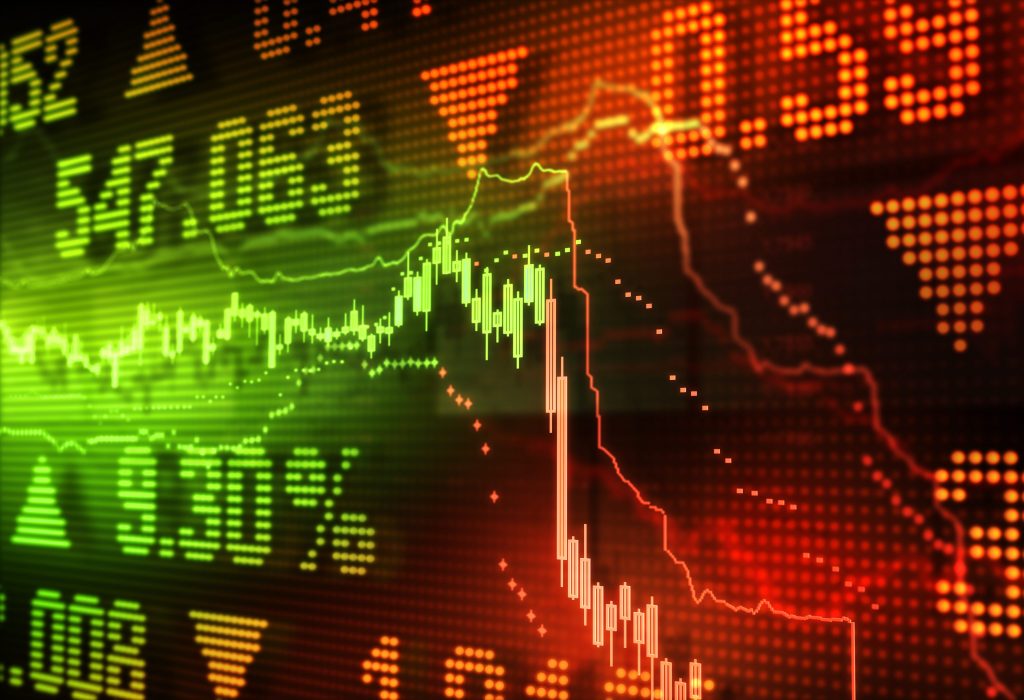Word on the street yesterday was that stocks were going up to record highs ‘on earnings.’
The casual listener was invited to believe that corporate America was earning more money; therefore, it should be worth more. Why else would people pay more for stocks?
Earnings come from Main Street. With hard work and luck, products and services are made and delivered. Wages are paid. Profits are what you have left over. If profits are rising, the economy must be doing well.
But where are the earnings?
River of no returns
Our old ‘river of no returns’ stock, Amazon, for example, earned some $10 billion last year. Not bad.
But those earnings don’t come close to justifying a market cap that is edging close to $1 trillion. On those numbers, a buyer would have to drift downriver for almost a century to get his money back from earnings.
Even at today’s artificially low rates, banks are advertising 3% interest on CDs. You only have to wait 33 years to earn your money back…without the risk of owning one of the flakiest companies on Wall Street.
AMZN may be an outlier in many ways. So, let’s look at the entire market.
Hardly booming
In the first quarter of 2012 — seven years ago — US corporations made a total of $2.2 trillion in pre-tax profits (annualised). In the last quarter of 2018, corporate earnings (again annualised) toted to only $2.18 trillion.
And that was way below the $2.32 trillion of pre-tax profits set in the third quarter of 2014.
In other words, corporate America is not making more money — at least, not by selling goods and services. And the Main Street economy hardly seems to be booming.
As far as we know, there has been no appreciable change in wages or GDP growth rates. And inflation is so quiet and lifeless, it was pronounced dead.
So, how come investors think stocks are so much more valuable? In 2012, the S&P 500 was around 1,500. Now, it’s nearly twice as high. What made prices double?
Three things.
First, corporate buybacks reduced the number of shares; this didn’t increase corporate earnings, but there were fewer shares to share them. Naturally, earnings per share rose; share prices rose, too.
According to Goldman Sachs, net buybacks averaged $420 billion annually over the last nine years — by far the biggest source of demand in the market. Net, average annual demand from households, mutual funds, pensions funds, and foreign investors was less than $10 billion each.
Second, the tax cut at the end of 2017 favoured corporations and their owners. The tax savings fell to the bottom line…and then could be distributed to shareholders, managers, workers, or consumers either through ‘special dividends,’ lower prices, higher wages, or the above-mentioned buybacks.
Third, the feds pumped ‘stimulus’ into the economy in the form of ‘quantitative easing,’ negative real rates, and deficits. It didn’t stimulate the economy, but it was catnip to Wall Street.
Let’s look at each of these things more closely.
Cardiac royale
1. Reducing the number of shares outstanding should increase the value of each one remaining. But it shouldn’t have any effect on the total value of the stock market or on the P/E (price to earnings) ratio.
Go back to 2012. Stocks and GDP were about the same — at around $15 trillion. Now, stocks are worth $30 trillion and GDP is only $20 trillion. Prices rose three times faster than GDP. Share buybacks don’t explain that.
And look at P/Es; same story. An average P/E on the S&P 500 in 2012 was about 15. Now, it’s 22. Prices outpaced earnings growth by 50%. Why? Not because of share buybacks.
2. Most serious observers regarded the unfunded tax cut of 2017 as irresponsible. The feds were already spending far more than they took in in tax revenue. But rather than cut the fat, they went directly to the ice cream shop, and ordered the Cardiac Royale, with three big scoops, smothered in chocolate sauce.
The tax cut did little for Main Street but it added sugar to the corporate world. After-tax earnings are higher. And corporate stocks should be worth more, right?
But wait. Where did the money come from?
It has to come from somewhere. We’ve seen that ‘stimulus’ measures are frauds and scams. They only result in more debt. In this case, the feds borrowed more money so taxes could be reduced. And eventually, somehow, the debt will have to be reckoned with…by the workaday, common people of the Main Street economy.
Uh…well…there, you see the problem as well as we do. These are the same people who buy corporate products. Now, they will have less money to spend. Corporate sales and profits should go down as a result.
3. Finally, we come to the real cause of high stock prices.
In the pseudo emergency in 2009, the feds panicked. They cut rates and borrowed heavily. Then, 10 years later, the Fed — which had been cautiously returning to a ‘normal’ monetary policy — chickened out.
In the fall of 2018, stock prices had begun to sink. But the Fed couldn’t bear the thought of a correction…neither of the stock market, nor of the economy. It let investors know that it still had their backs…and that it would continue to lend money at real rates close to zero, perhaps forever.
And so you see. Stocks may be up. But not ‘on earnings.’
Regards,
Bill Bonner
